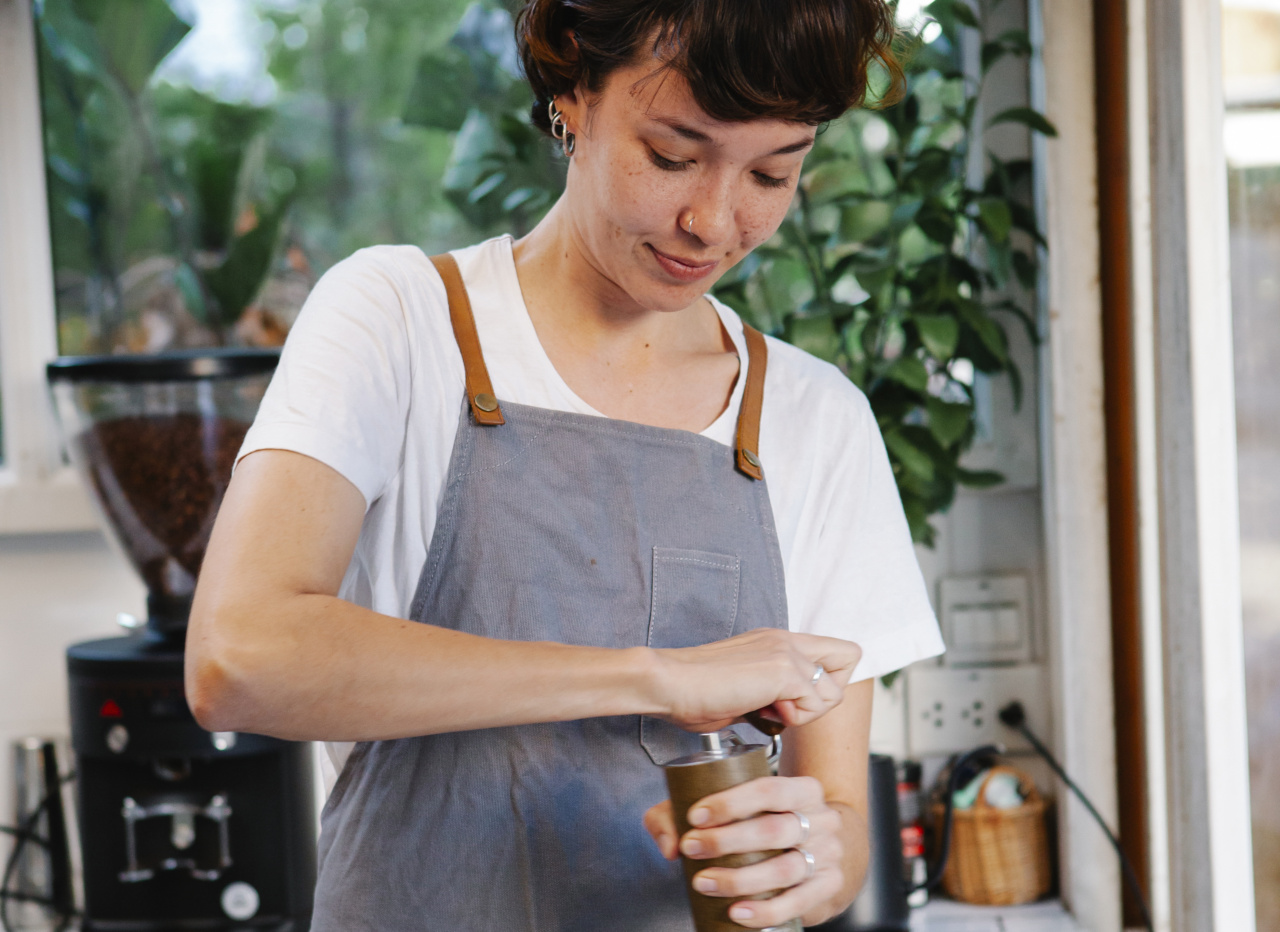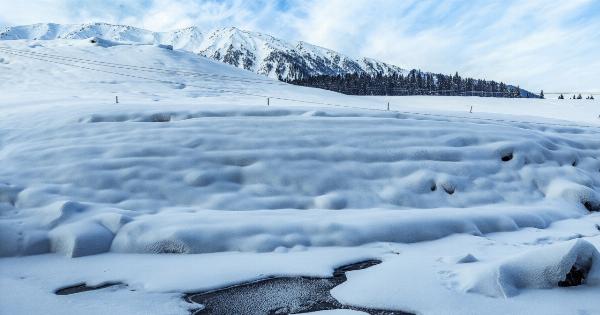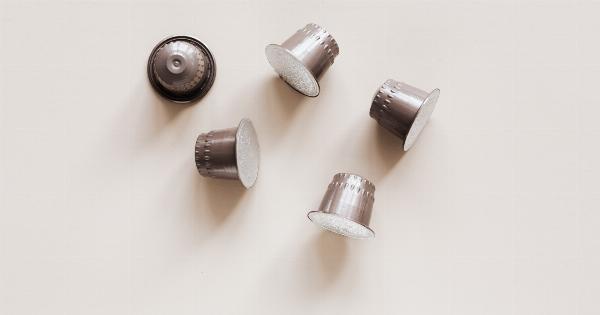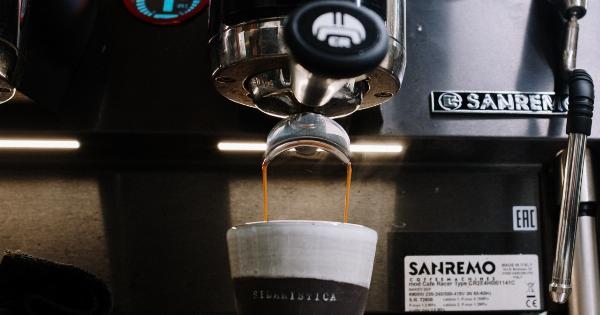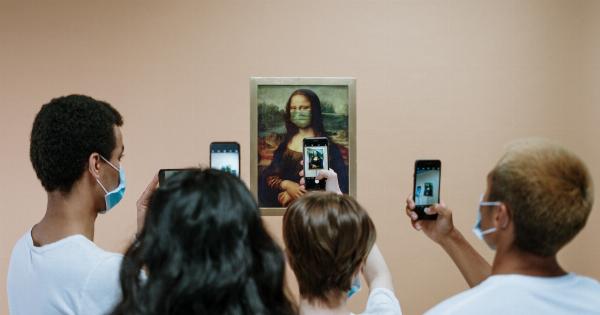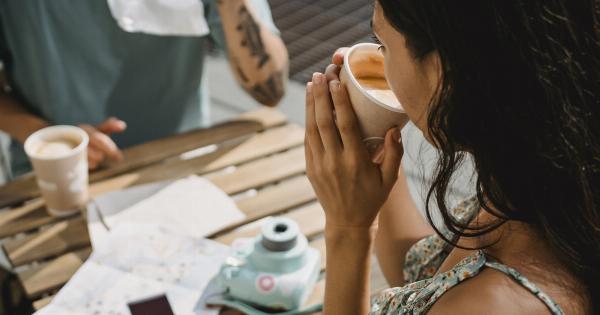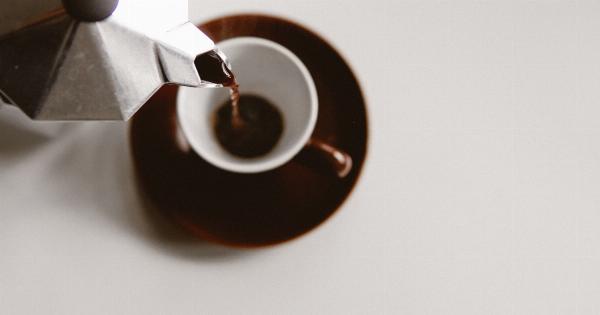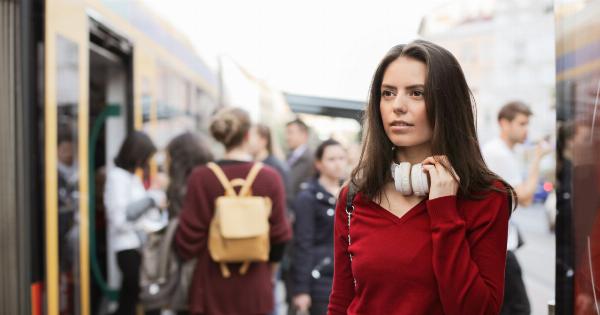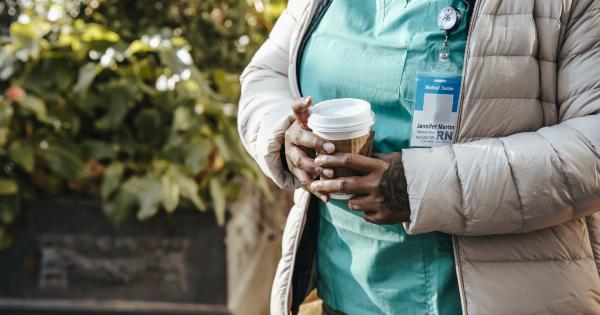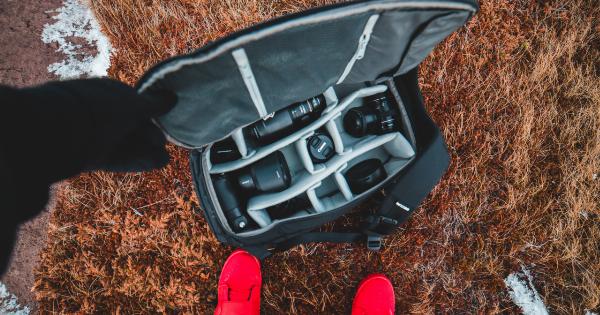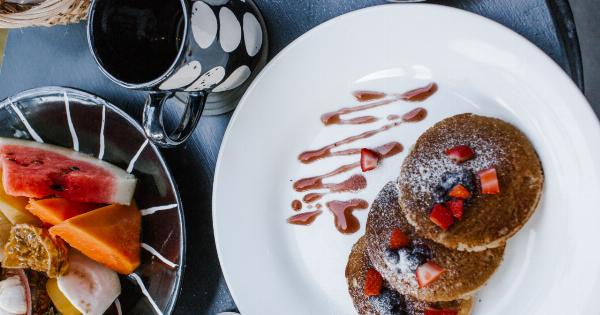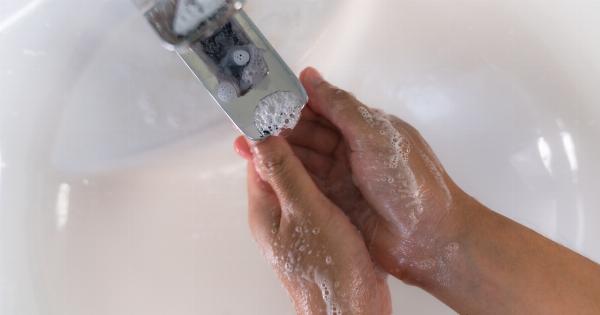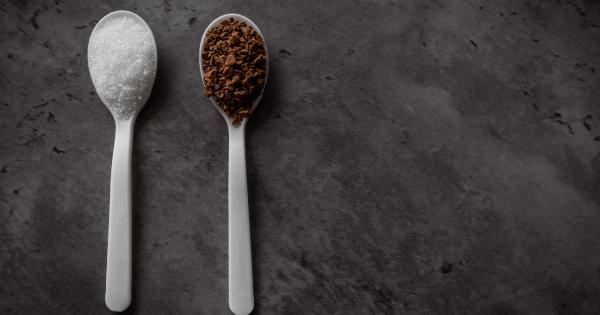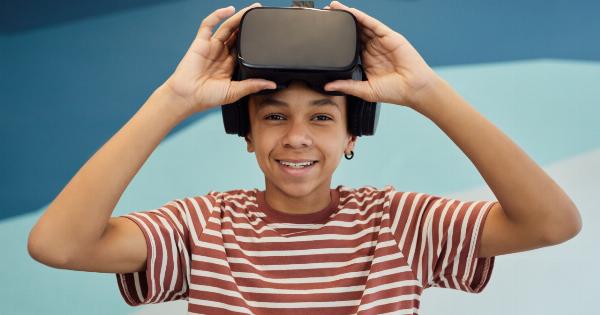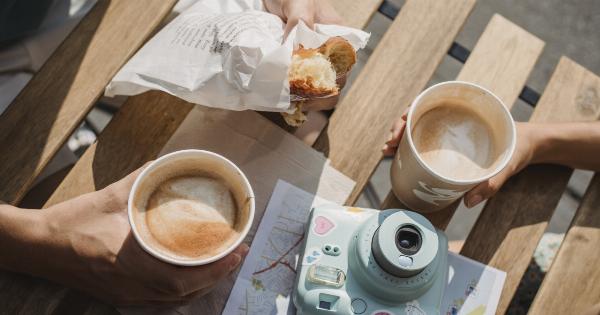Coffee is a popular beverage beloved by many for its rich aroma and energy-boosting properties. For coffee enthusiasts, a cup of coffee in the morning is a sacred ritual that kickstarts their day on the right note.
However, sometimes a regular cup of coffee doesn’t quite provide the desired caffeine kick. If you’re looking to take your coffee game to the next level, this guide is for you! In this article, we will explore various methods to make coffee with an extra caffeine kick that will leave you energized and ready to conquer the day.
The Importance of Caffeine
Caffeine is a natural stimulant that affects the central nervous system and provides a temporary energy boost when consumed. It is found in various plants, including coffee beans, tea leaves, and cacao beans.
Many people rely on coffee as their go-to source of caffeine to combat sleepiness, increase focus, and improve overall productivity.
Understanding Coffee Beans
The choice of coffee beans plays a vital role in determining the caffeine content of your brew. Arabica and Robusta are the two most common types of coffee beans, each with its own caffeine levels and flavor profiles.
Arabica beans contain less caffeine compared to Robusta beans, but they generally offer a more nuanced and flavorful cup of coffee. On the other hand, Robusta beans have a higher caffeine content and are often used in blends or instant coffee.
If you’re specifically looking for a higher caffeine kick, using Robusta beans or a blend with a higher percentage of Robusta can be beneficial.
Grind Size Matters
The grind size of your coffee beans can significantly impact the extraction and overall caffeine content of your brew. A finer grind leads to increased surface area, resulting in more caffeine being extracted during brewing.
Therefore, using a finer grind can help maximize the caffeine content in your coffee. However, keep in mind that a finer grind may also lead to a stronger and potentially more bitter cup of coffee, so it’s important to find the right balance based on your preferences.
Water Temperature and Brew Time
The water temperature and brew time are crucial factors that influence the caffeine extraction and overall flavor of your coffee. The optimal water temperature for brewing coffee is between 195-205°F (90-96°C).
Brewing with water within this temperature range ensures proper extraction of caffeine and flavors without scorching or under-extracting the coffee. Additionally, adjusting the brew time can also impact the caffeine levels. Longer brew times tend to result in higher caffeine extraction, so experiment with different brew times to find your ideal balance.
Try Different Brewing Methods
The brewing method you choose can have a significant impact on the caffeine content and flavor profile of your coffee. Here are a few brewing methods to consider:.
1. Espresso
Espresso is a concentrated form of coffee known for its strong flavor and higher caffeine content per ounce. The brewing process involves forcing hot water under high pressure through finely ground coffee beans.
This method is popular among those seeking a quick and potent caffeine fix.
2. French Press
The French Press, or press pot, is a simple yet effective brewing method that allows for full immersion of coffee grounds in water. This method generally results in a rich and bold cup of coffee.
To increase the caffeine content, opt for a longer steeping time and a slightly finer grind.
3. Cold Brew
Cold brew coffee involves steeping coffee grounds in cold water for an extended period, usually 12-24 hours. This slow extraction method produces a smoother and less acidic coffee concentrate.
While cold brew coffee is known for its milder flavor profile, the extended steeping time also leads to a higher caffeine extraction.
4. AeroPress
The AeroPress is a versatile and portable brewing device that allows for various customization options. It combines immersion brewing and pressure to extract flavors and caffeine efficiently.
Experimenting with different brewing variables like water temperature and steeping time can help you achieve a strong and potent cup of coffee.
Additives and Enhancements
If you’re looking for an extra caffeine kick, there are a few additives you can try to enhance your coffee experience.
1. Caffeine Supplements
For those seeking an intense caffeine boost, caffeine supplements or powders can be added to your coffee. These products are made from pure caffeine and allow you to control and customize the caffeine content of your brew.
2. Chicory
Chicory is a root that is often roasted and ground to be mixed with coffee or used as a coffee substitute. Adding chicory to your coffee can impart a slightly bitter flavor and increase the overall caffeine content.
3. Guarana
Guarana is a fruit native to the Amazon rainforest known for its high natural caffeine content. Adding guarana powder or extract to your coffee can provide an extra caffeine kick and a unique flavor profile.
Conclusion
Enhancing your coffee with an extra caffeine kick can be an exciting way to elevate your coffee experience.
By experimenting with different brewing methods, adjusting variables like grind size, brew time, and water temperature, and incorporating additives or enhancements, you can create a cup of coffee that packs a powerful punch of caffeine and flavor. Remember to enjoy your coffee in moderation and listen to your body’s caffeine tolerance to avoid any adverse effects. Now, armed with this knowledge, go forth and brew your perfect cup of coffee with an extra caffeine kick!.
